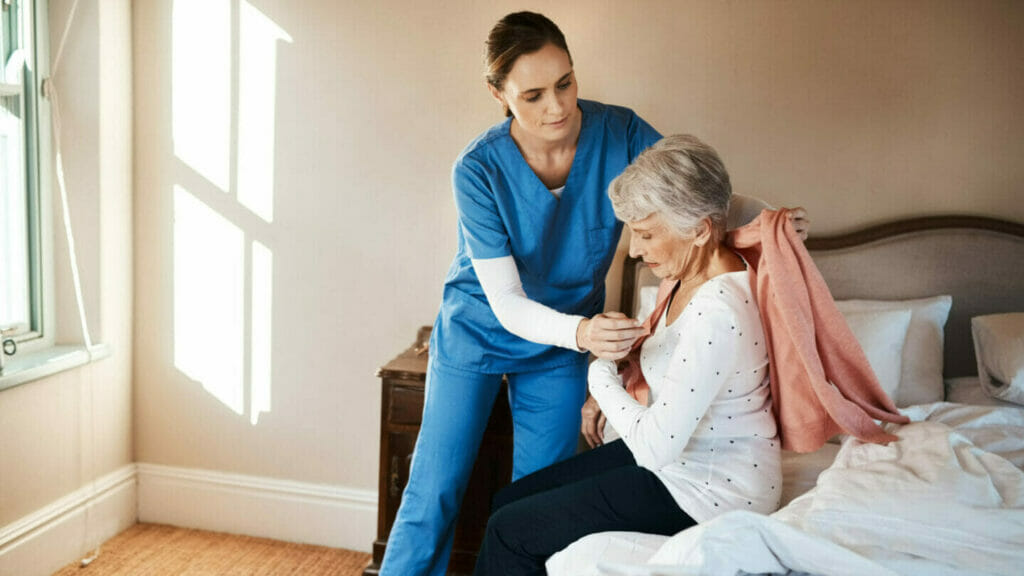
Within senior living, robotics developers have been careful to emphasize that their machines are meant to supplement, not replace, the work of human caregivers.
For some uncomfortable tasks, however — such as helping someone dress and undress — a technologic intervention could be welcome.
A new assistive robot model helps dress older adults in a way that mimics human caregivers, researchers said.
Previous dressing machines that have been designed include only one arm, but the new model has two arms and was able to better satisfy the needs of older adults who tested the model, according to the robot’s developers.
The researchers framed the robot as a way to potentially lighten heavy staff workloads.
“We know that practical tasks, such as getting dressed, can be done by a robot,” head researcher Jihong Zhu, PhD, said in a statement. “This frees up a care worker to concentrate more on providing companionship and observing the general well-being of the individual in their care.”
The dressing robot was designed literally to copy the movements of caregivers, such as the angle arms make when going through certain motions. After capturing data on how dressing typically occurs, the researchers trained the robot arms using artificial intelligence.
The robot’s movements also can be halted or adjusted during any action, so that the older adult user is able to control the dressing process.
The robot was developed by experts at the University of York’s Institute for Safe Autonomy. Future studies will evaluate the robot’s safety limitation and how the machine is perceived by the older adults who might use it, the researchers said.
In addition to possible robots, new “smart” wardrobe technology is helping older adults — particularly those living with dementia — pick out appropriate clothing, the McKnight’s Tech Daily reported last year.


